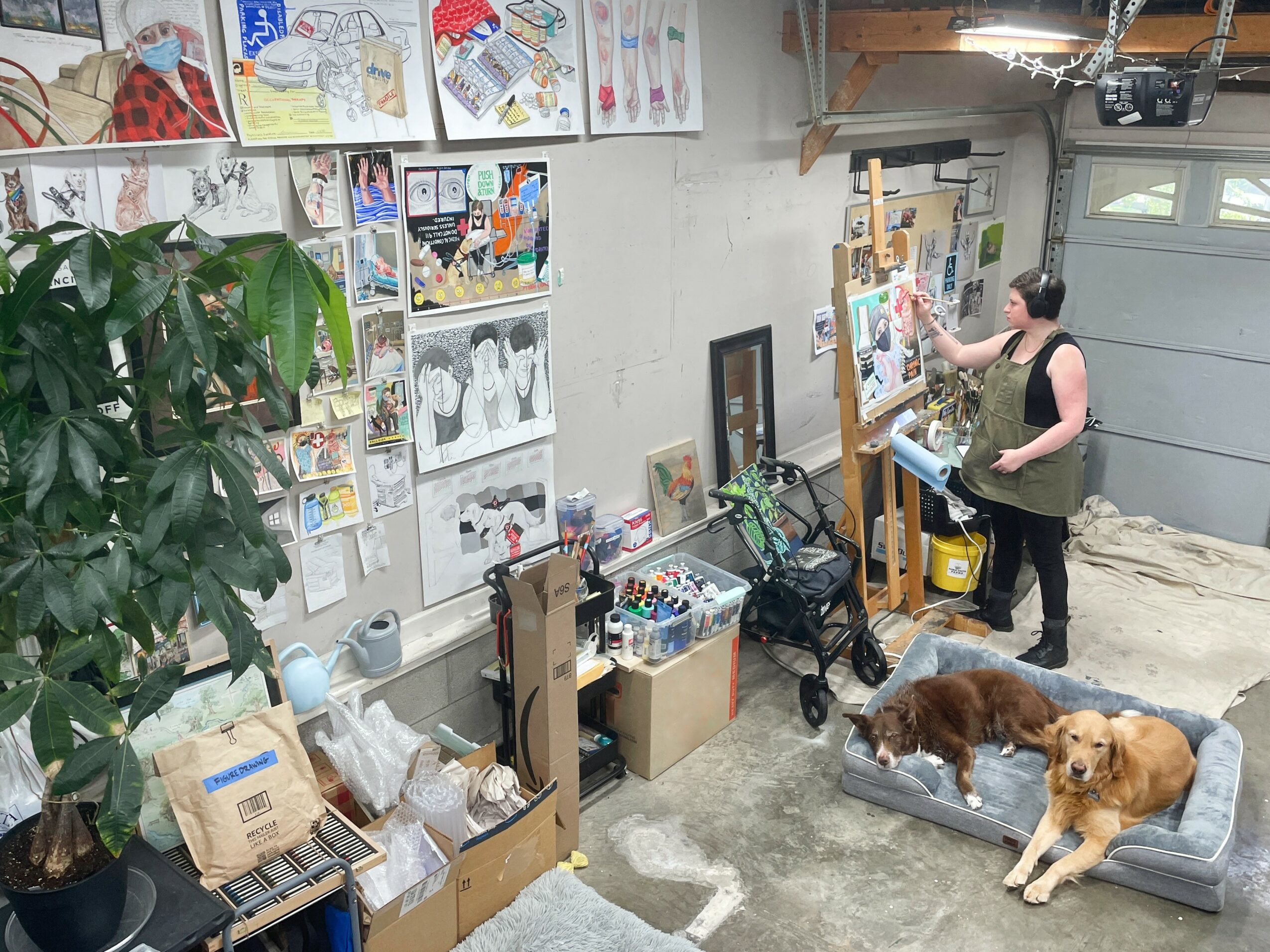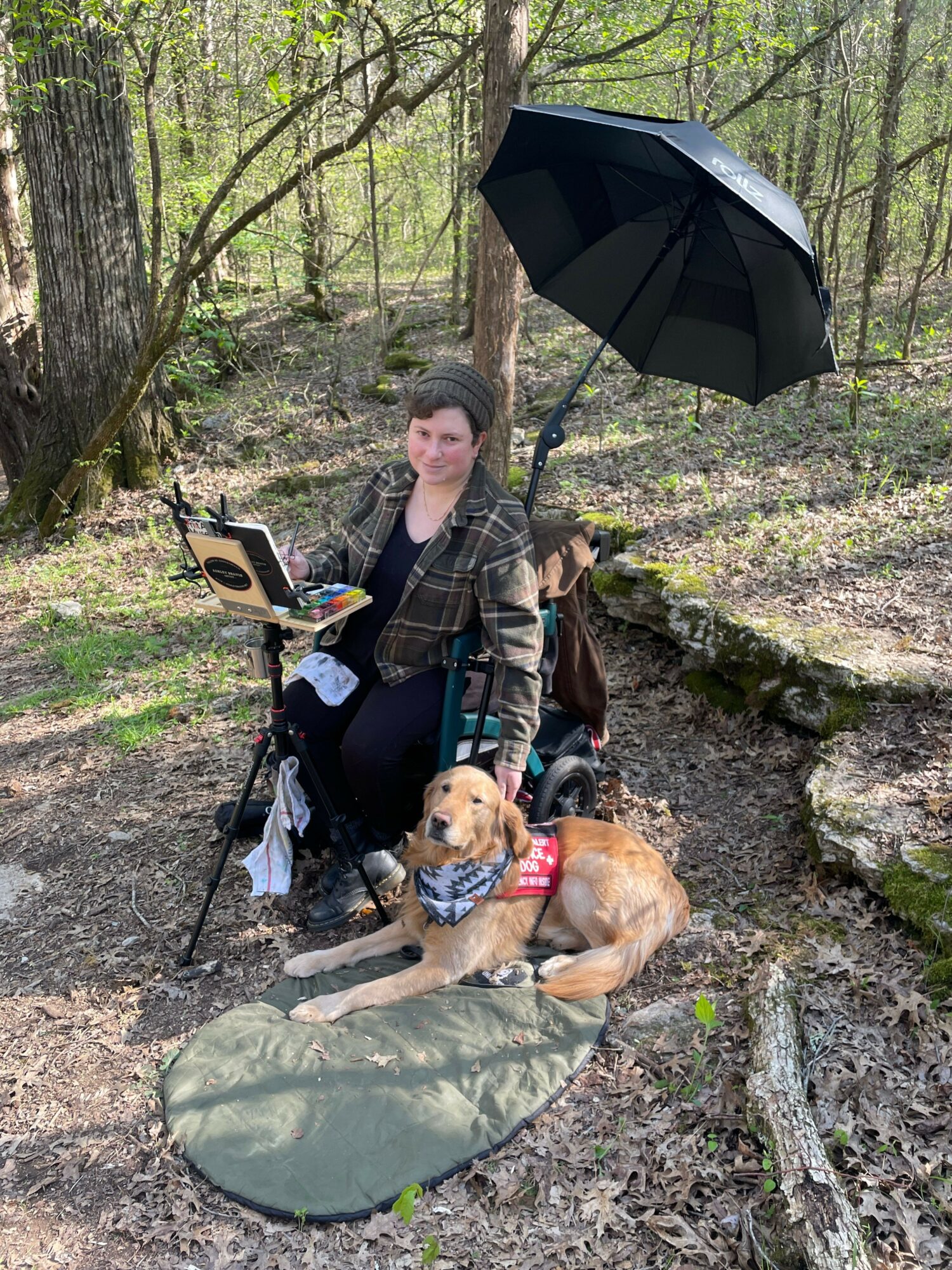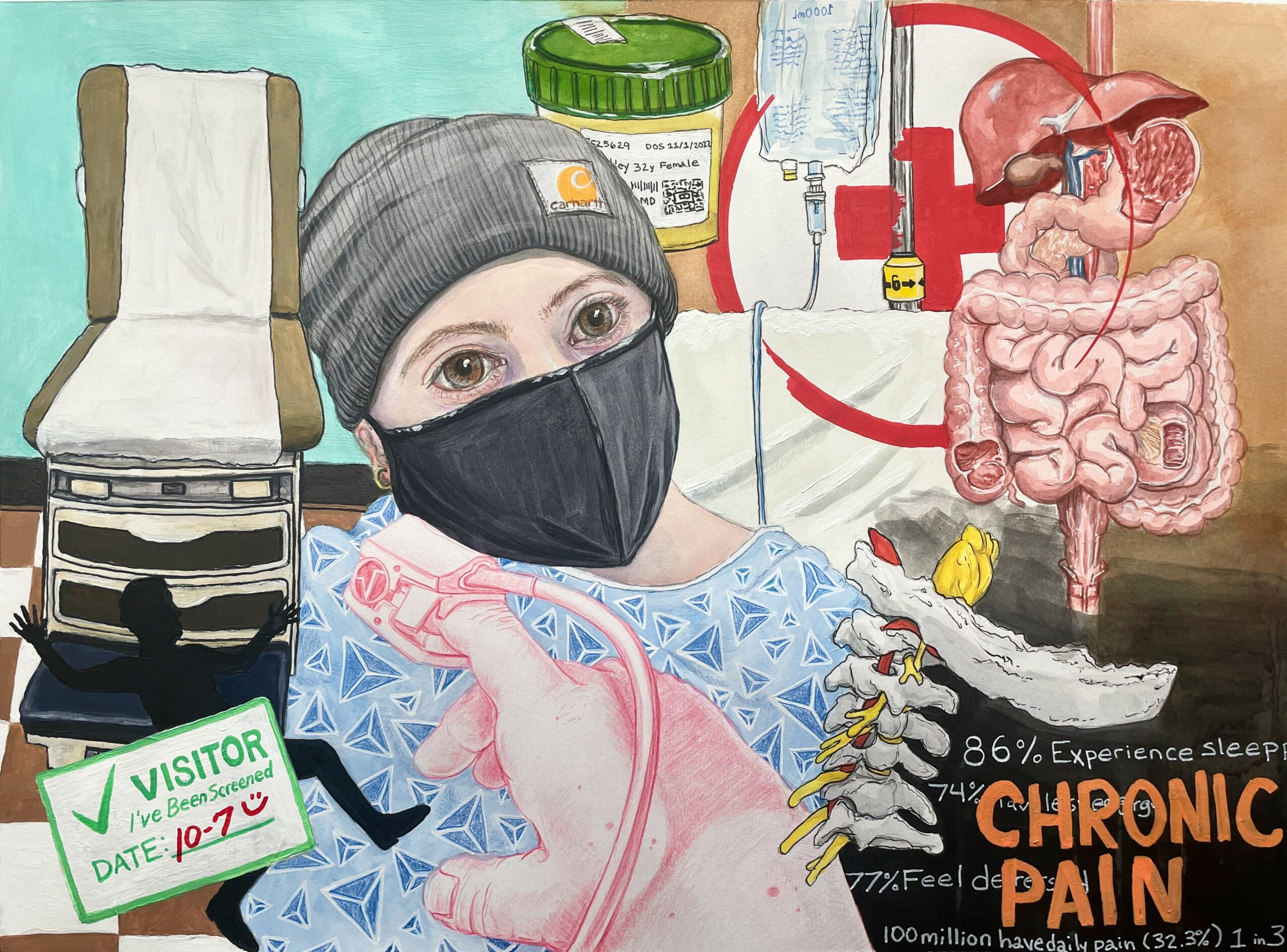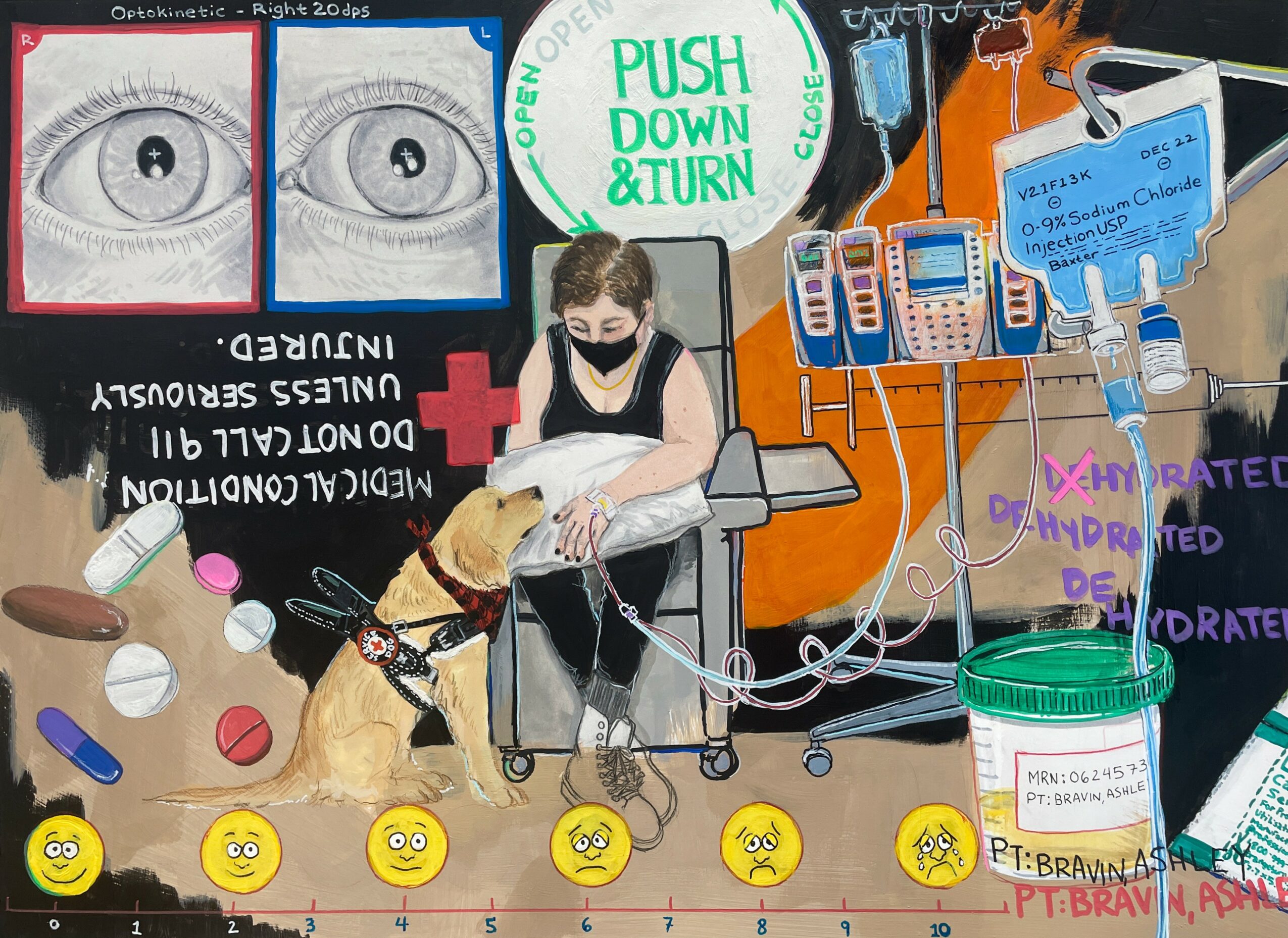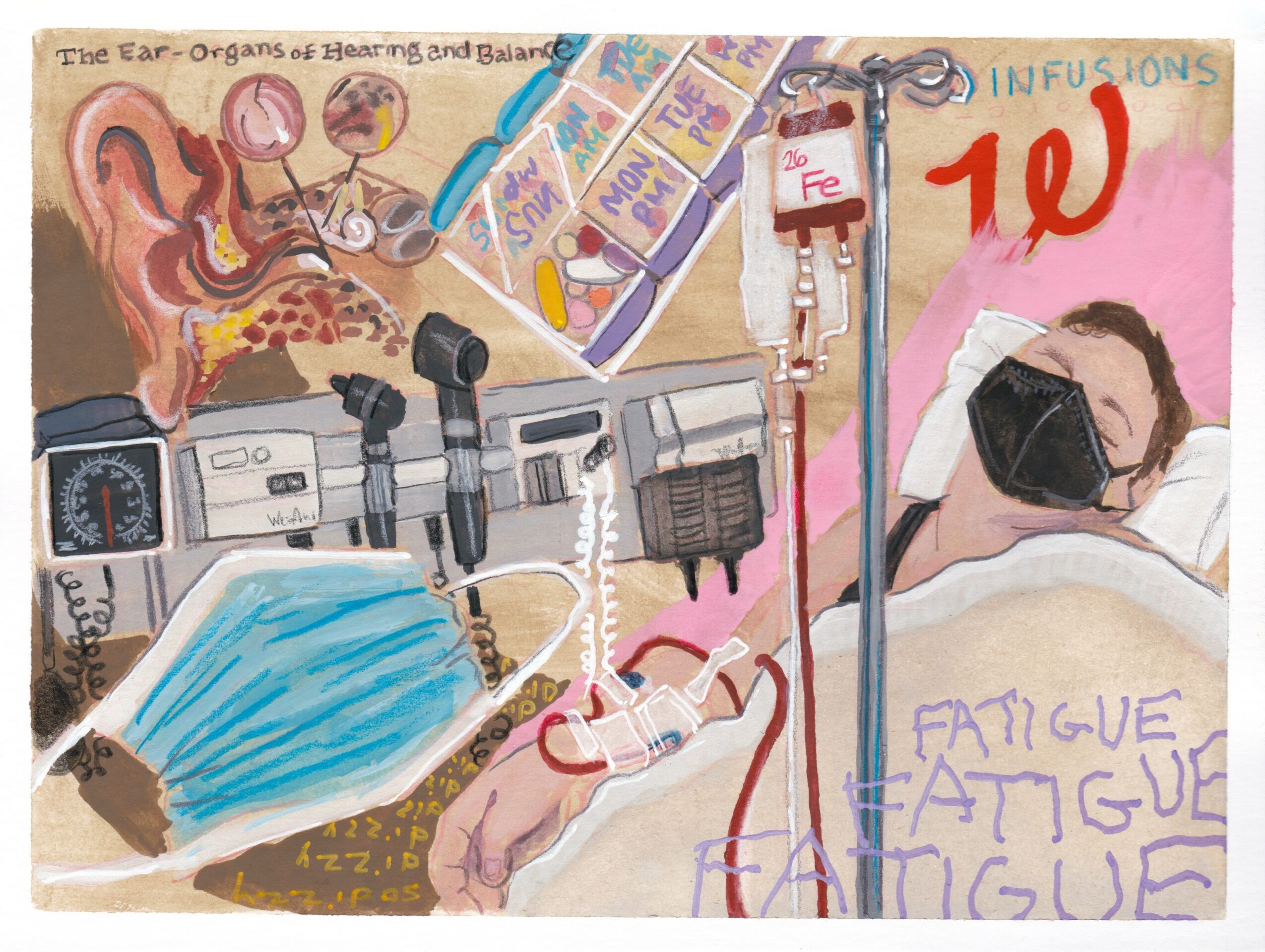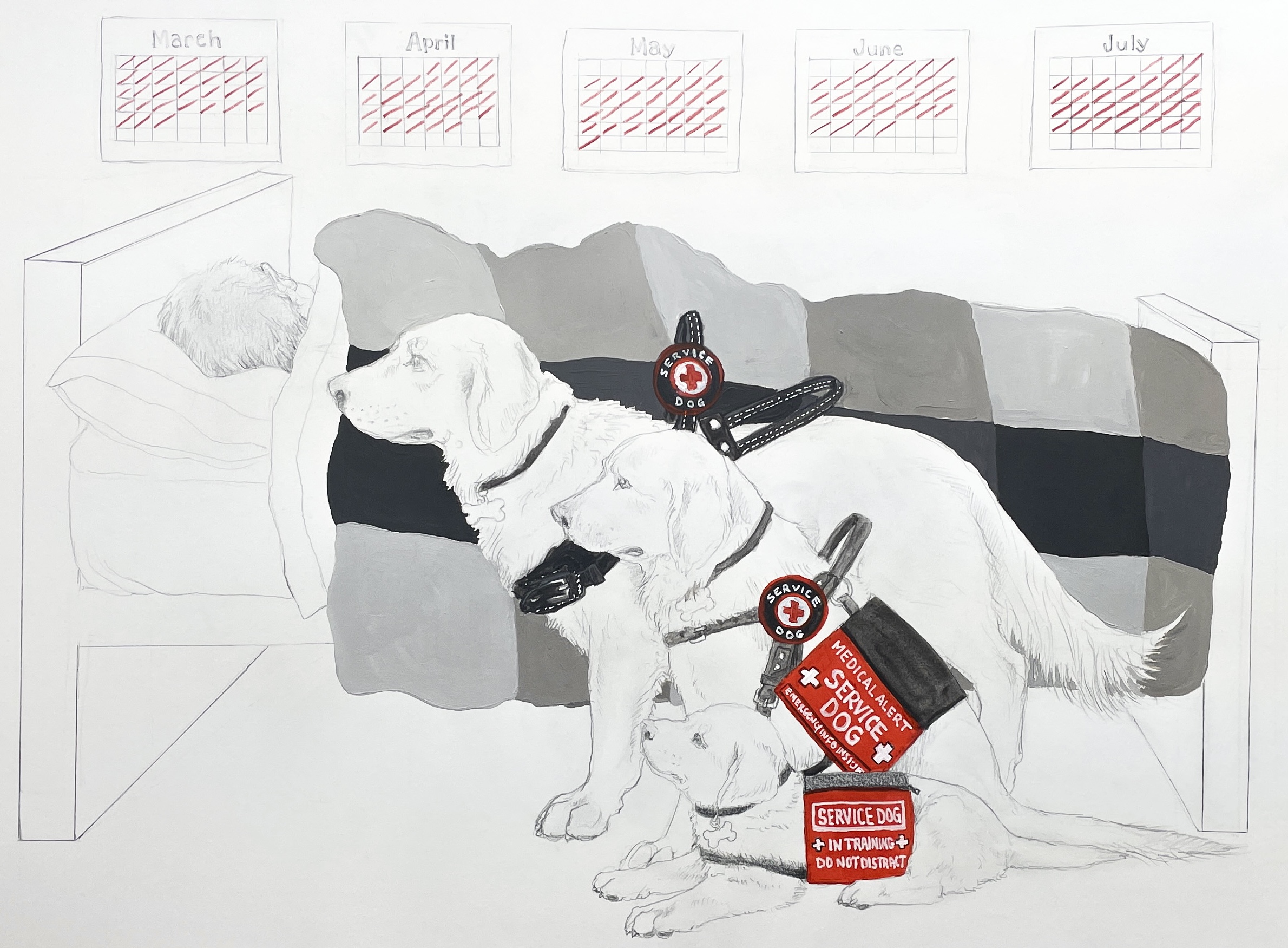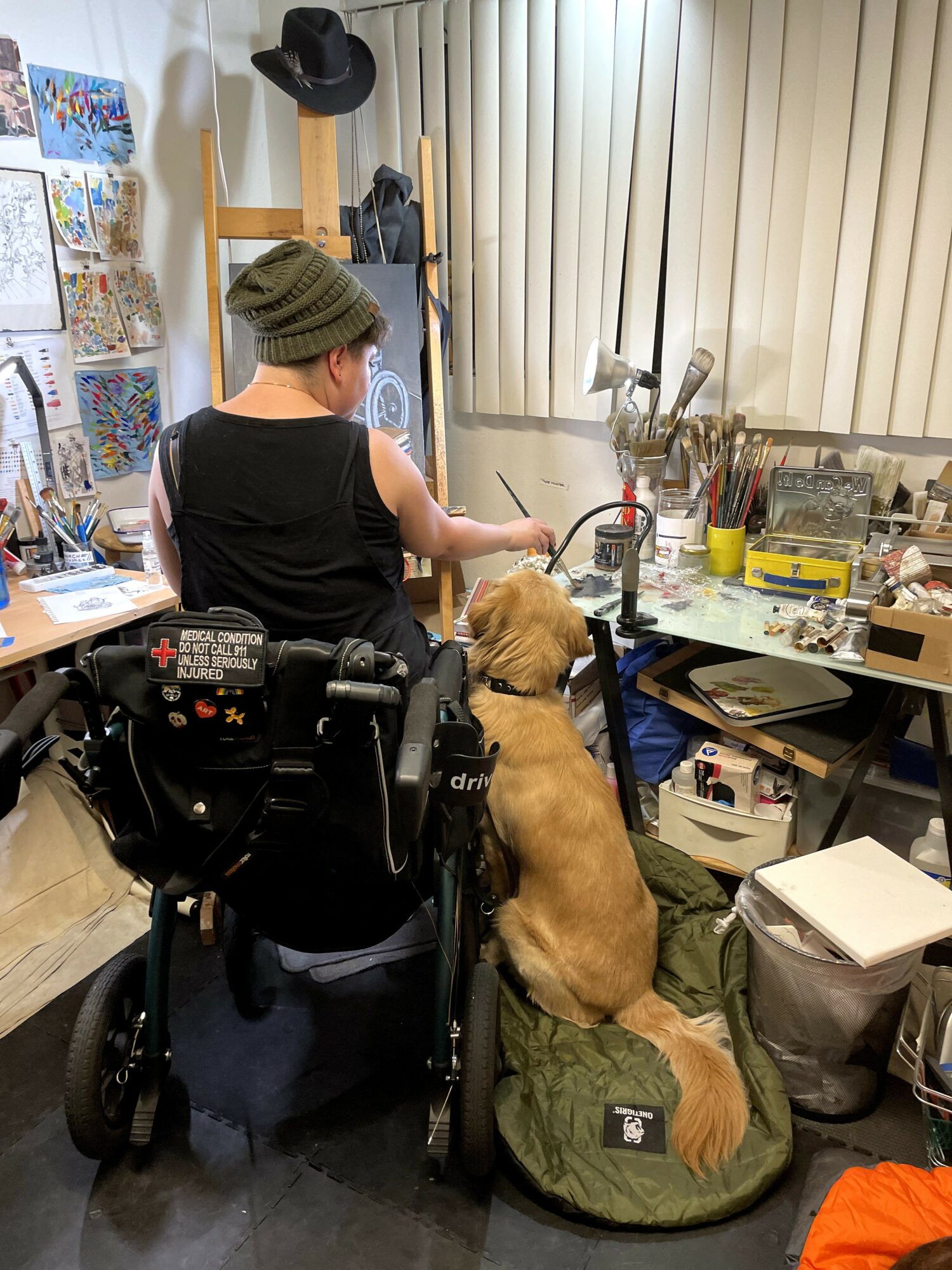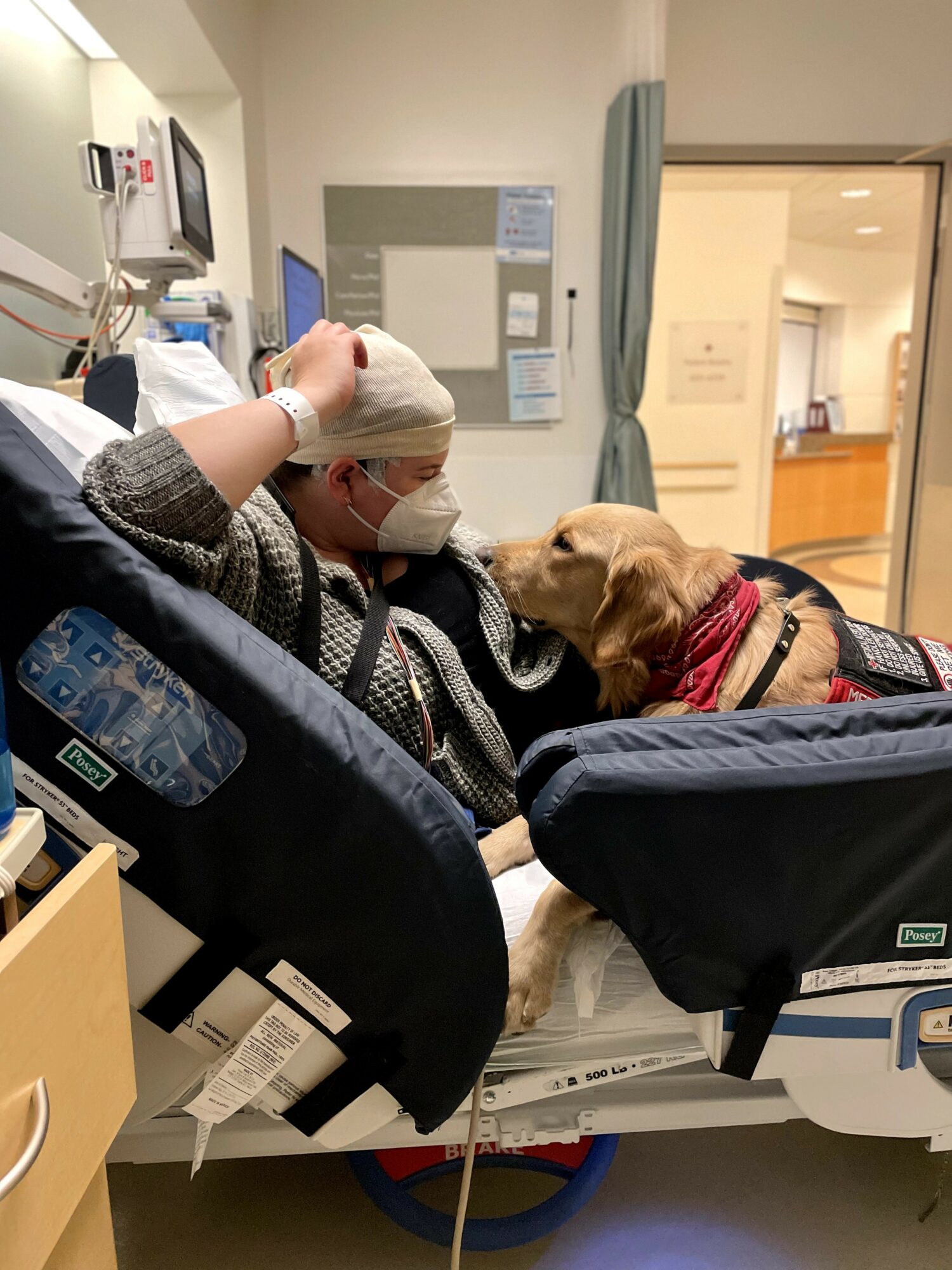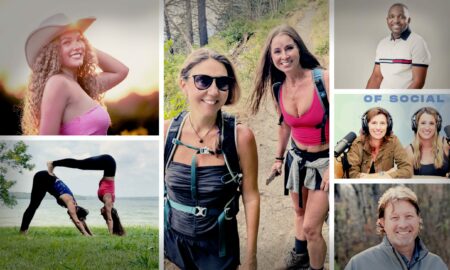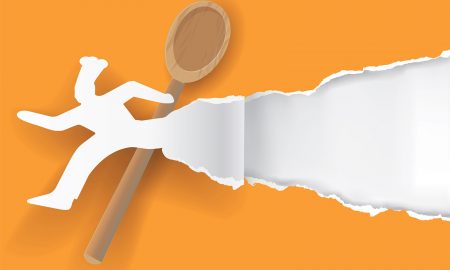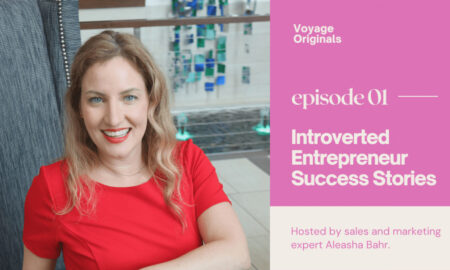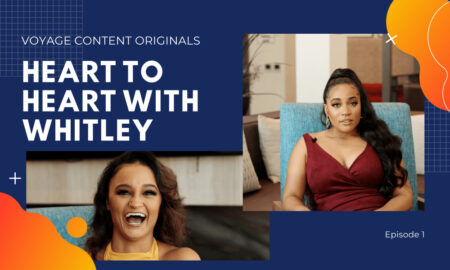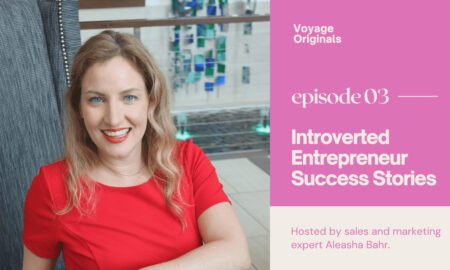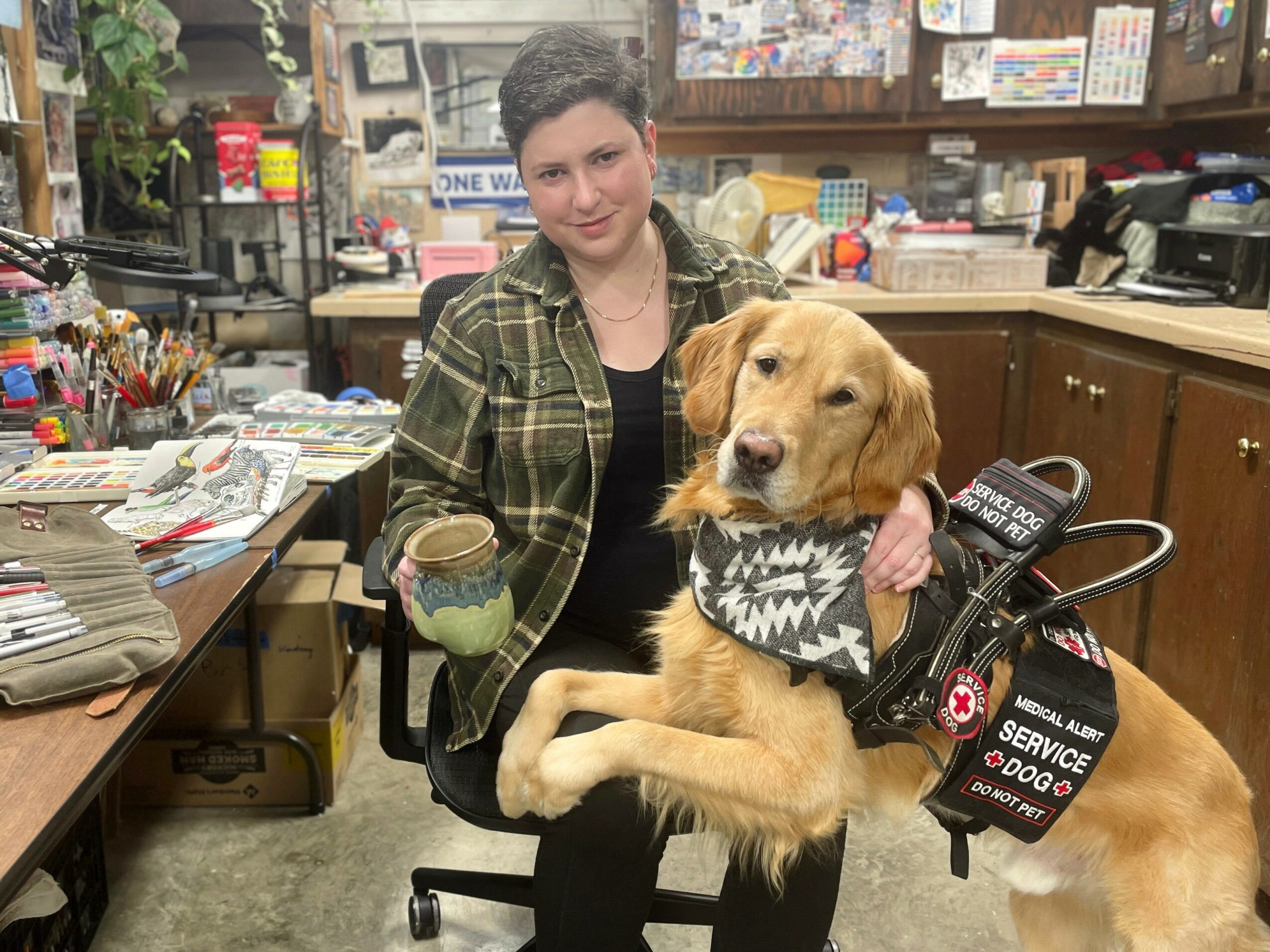

We recently had the chance to connect with Ashley Bravin and have shared our conversation below.
Ashley, a huge thanks to you for investing the time to share your wisdom with those who are seeking it. We think it’s so important for us to share stories with our neighbors, friends and community because knowledge multiples when we share with each other. Let’s jump in: Have you ever been glad you didn’t act fast?
Back in college, I took my junior year off. I needed a break from the demanding pace of a competitive art program, and it was honestly one of my most formative decisions. It gave me a chance to be one-on-one with my own work for the first half of the year, and really explore what made me passionate about my artwork, where I wanted to go with my art career, as well as venture into Los Angeles regularly, and take in the contemporary art scene, For the second half of the academic year, I was able to reapply myself twofold by spending three months at the Burren College of Art in Co. Clare, Ireland, where I was able to work alongside fellow artists from various programs all over the world, and under the instruction of some truly wonderful and accomplished artists. After finishing my time in Ireland, I returned to Carnegie Mellon to finish my degree. Not acting “fast” by staying in Pittsburgh and trying to force my way through my program truly helped make me who I am today.
Can you briefly introduce yourself and share what makes you or your brand unique?
Hello! My name is Ashley Bravin, and I am a disabled artist and advocate with multiple chronic illnesses living and working just outside of Nashville, Tennessee with my medical alert service dog, Rico, and my retired service dog, Rosie. I was born and raised in Southern California, and studied at both at Carnegie Mellon University of Pittsburgh, Pennsylvania, and Burren College of Art in County Clare, Ireland, graduating with a BFA in painting and drawing, and also participated twice as an artist in residence at Chautauqua Institute of Chautauqua, New York. My current body of work focuses on documenting and processing my experiences with my chronic conditions, providing a space where disabled viewers can feel recognized, and giving able-bodied viewers the opportunity to see that disabled lives are multi-dimensional and valuable.
Appreciate your sharing that. Let’s talk about your life, growing up and some of topics and learnings around that. Who saw you clearly before you could see yourself?
That would be Frank, my first mentor. I had to work like hell for him to take me seriously as a young teen in his adult class for acrylic painting at our local art center. But I kept showing up. And I took class after class, until he invited me to study privately with him, and before long, he had taken me under his wing. I spent countless hours after school in his studio. I’d bring him iced tea, and we’d listen to Thelonious Monk, and he’d teach me about composition, color, and Fauvism (to name a few). I would leave his studio, and soar through my homework, just so I could work on his assignments. At one time he had me make 100 drawings of the same chicken! Looking back on this time, he said that (once he got over me being a scrappy kid), he said that he “saw that I had *it*” and could see that I was going to go the distance and become an artist, come hell or high water, which is why he invited me to work with him in his studio. We carried on like this for years, and exchanged letters throughout my time in art school, him giving me just the right amount of encouragement when I needed it. He has been one of the dearest people in my life, and I am eternally grateful for the time we have spent together, and attribute much of my success to the confidence he had in me.
Was there ever a time you almost gave up?
The peak of my illness in 2020 was the closest I came to giving up, but this was also the time that propelled me into my strongest body of artwork to date. Prior to this point, the progression of my chronic illnesses had been a slow boil, and I had been able to continue my art practice, Around 2020, however, everything fell apart. My chronic illnesses hit a fever pitch, and I was in unbearable amounts of pain, frequently unable to walk, and often times bedridden due to a laundry list of symptoms and conditions that had me ping pong-ing from one specialist to the next. I became a full time patient, and a regular in the ER, with an entire pharmacy of medications in my bathroom, and bins of medical supplies and remedies piling up in my apartment. Working in a brightly lit studio was no longer an option – I needed blackout curtains to ease excruciating migraines, And I no longer had the strength to stand at my easel. For awhile, I stopped making work. I was struggling to just survive day to day. But there’s a belief in the creative fields that your work will always be waiting for you when you need it. And with enough time, I found myself taking my sketchbook to appointments, and sketching waiting rooms, and starting to document my chronic illness journey. And that developed into an entire painting series that has helped other disabled folks feel seen in their own lives, and I am so incredibly thankful to have not given up, and to have held on.
Next, maybe we can discuss some of your foundational philosophies and views? What’s a belief or project you’re committed to, no matter how long it takes?
I’m very committed to my painting series, “Catharsis,” which is a body of work where I have continued to document and process my journey through illness, disability, survival, and healing. Not unlike the interconnected reality of complex conditions, each piece in the series tells its own story, woven together with various mixed media elements such as acrylic, watercolor, gouache, and ink. In my pieces, I bring the daily experiences of disabled living (from medication refill days to emergency room runs) to the surface, creating a space where the viewer can connect. With this series I hope to help disabled viewers feel recognized, and help able-bodied viewers see that disabled lives are multi-dimensional and valuable. Finally, as a disabled individual and artist, it is my hope that we can strive for a world in which disabled bodies are cared for, accepted, and welcomed.
Okay, we’ve made it essentially to the end. One last question before you go. When do you feel most at peace?
I am most at peace either very early in the morning or very late at night when I can come into the studio, and it feels like the rest of the word is still asleep. My dogs will be very tired, but still very committed to joining me, so they’ll be curled up on their pillows, and breaking into an occasional yawn. It feels like I’m in suspended time, and I can be sipping on coffee or tea, sitting in my recliner, listening to soft acoustic music and thumbing through artist books, looking critically across my studio at my latest piece that’s up on the easel. Or perhaps I’ll be working in my sketchbook, drawing out ideas for my next painting. Either away, they’re quiet, truly blissful hours.
Contact Info:
- Website: https://www.ashleybravin.net/
- Instagram: https://www.instagram.com/ashleybravin/
- Youtube: https://www.youtube.com/@ashleybravin
- Other: TikTok: https://www.tiktok.com/@ashleybravin
